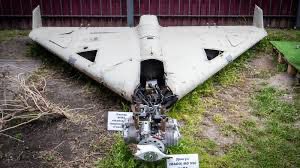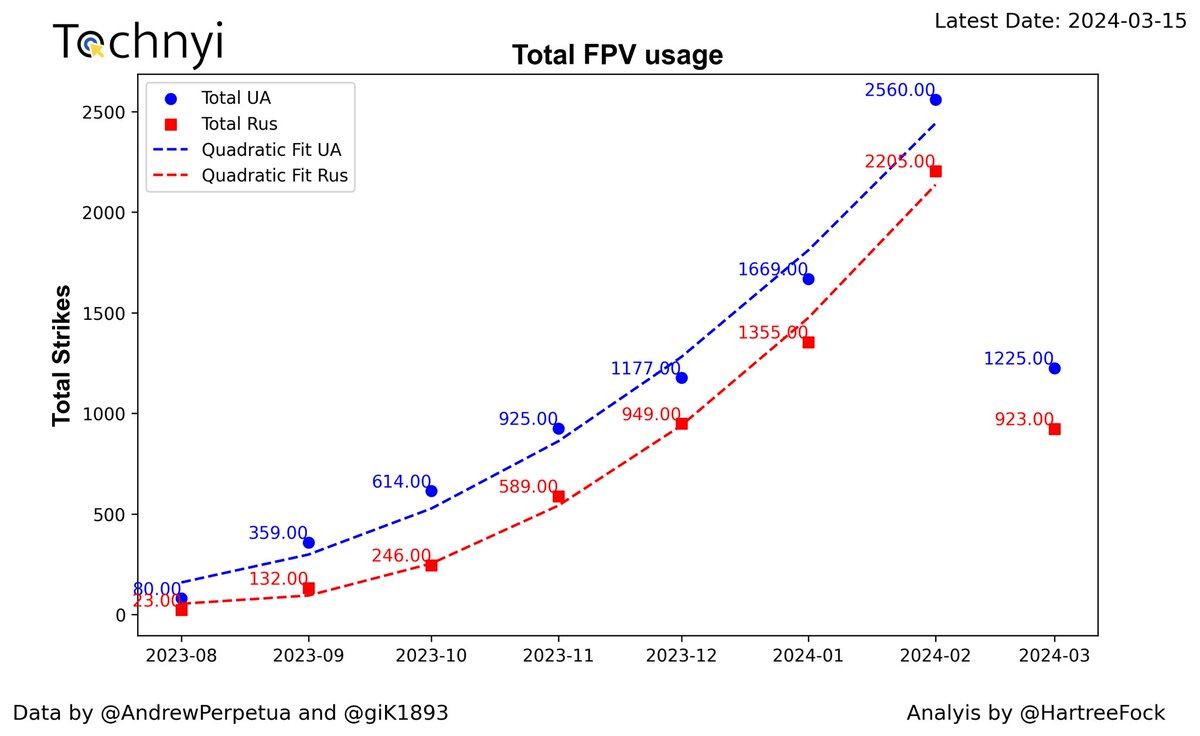1/n Since the start of the war in 2022, Russia has been strengthening its military industry and increasing its military budget. An investigation on Russia’s “hidden” factories, places not secret but somehow not advertised by the propaganda. @tochnyi tochnyi.info/2024/07/russia…
@tochnyi 2/n The current level of attrition is consistently high, also thanks to the use of relatively inexpensive but effective drones such as FPV heavy bombers and kamikaze. A staggering number of observed strikes on vehicles, with a peak of 1126 observed in April. 

@tochnyi 3/n An article from The Economist expresses doubt about Russia's ability to produce enough barrels, estimating that only 100-200 are produced annually. However, this assessment is based on the assumption that Russia has technical and logistical issues.
@tochnyi 4/n However, Russia does have new radial forging capabilities in the JSC Electrostal Metallurgical Plant. This plant was already known to the CIA for its involvement in purchasing 2 GFM SXP 55 radial forming machines between 1975 and 1977. 

@tochnyi 5/n SMS Group, ALD, ABP, Siempelkamp and GLAMA USA in 2011 contributed to the full modernisation of the plant, installing a series of new forging presses, in particular, a new SMX 600 radial forging press and also modernised all the furnaces. 

@tochnyi 6/n There is strong evidence of Electrostal's involvement in manufacturing weapons due to the well-known presence of GFM SXP 55. A careful exploration of the Russian section of the website reveals spare parts of GFM SPX 55 are being sold. 

@tochnyi 7/n Another concerning aspect is the large number of job vacancies at the plant, including positions for engineers (specialists), and a significant number of experienced or new workers, totalling 43 new open positions. 

@tochnyi 8/n Electrostal is vital to Russia's war effort, with a rich history in defense production and key radial forging machines. Its specialised steel capabilities and increased job openings indicate a heightened demand for war materials. More details at tochnyi.info/2024/07/russia…
References
[1]
[2]
[3]
[4]
[5]
[6]
[7]
[8]
[9]reuters.com/world/europe/p…
themoscowtimes.com/2024/02/02/rus…
astutegroup.com/news/defence/r…
euromaidanpress.com/2024/03/18/mil…
economist.com/europe/2024/07…
cia.gov/readingroom/do…
sms-group.com/plants/referen…
apps.dtic.mil/sti/pdfs/ADA31…
[1]
[2]
[3]
[4]
[5]
[6]
[7]
[8]
[9]reuters.com/world/europe/p…
themoscowtimes.com/2024/02/02/rus…
astutegroup.com/news/defence/r…
euromaidanpress.com/2024/03/18/mil…
economist.com/europe/2024/07…
cia.gov/readingroom/do…
sms-group.com/plants/referen…
apps.dtic.mil/sti/pdfs/ADA31…
https://x.com/kamilkazani/status/1724526210435231905
• • •
Missing some Tweet in this thread? You can try to
force a refresh






















